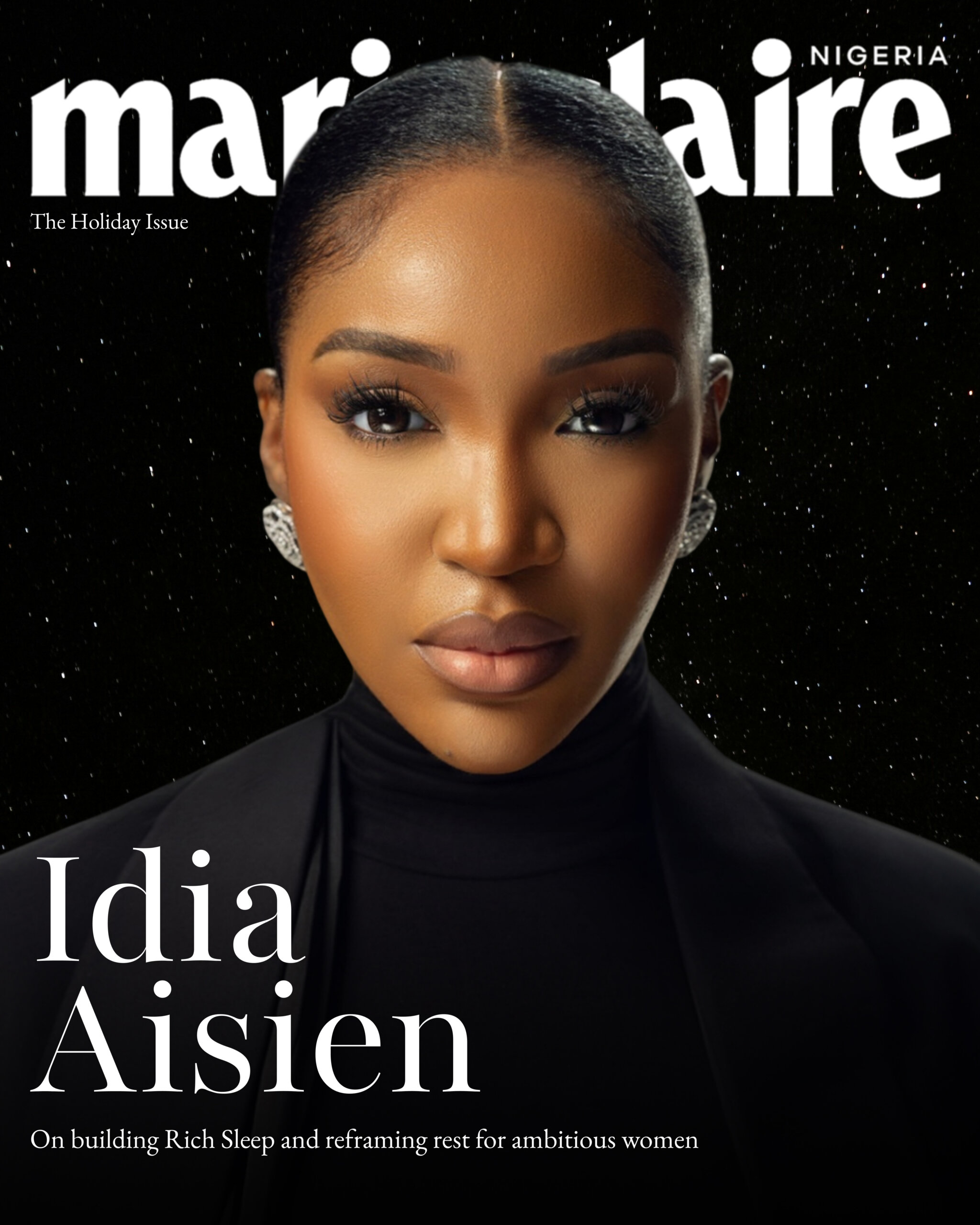Does fashion have a creativity problem? Perhaps not in terms of fabrics or trends, but with something more fundamental—a recent tweet made me realise something that’s been bothering me for a while: designers seem to have forgotten how to design for bodies that don’t fit the perceived ideal—the hourglass shape. It’s as if the powers that be collectively decided that if you don’t have the cinched waist and balanced proportions, you’re simply not worth designing for. Are the rest of us left to contort our bodies into unnatural shapes with corsets and other restrictive garments?
A sore reminder of how much the fashion world still fails to understand diversity.
The hourglass obsession
Somewhere along the way, the hourglass shape became fashion’s golden child. You know, the body type that is as curvaceous on top as it is on the bottom, with a cinched waist in between. It’s the standard that everything is now designed for. Don’t have the proportions of a vintage pinup? Well, good luck finding anything that fits.
Hourglass body dates back to the 19th century, when corsets reigned supreme. Women squeezed into impossibly tiny waists, sometimes fainting from the effort, all to achieve that coveted shape. By the 1950s, Hollywood icons like Marilyn Monroe and Elizabeth Taylor had made the hourglass figure the ultimate symbol of femininity.
Today, we see this obsession magnified by social media and reality stars, who continue to push the hourglass as the standard of beauty. To be clear, I have nothing against the hourglass figure—you all look great, babes! But why does it look like designers have forgotten the rest of us exist? We come in all shapes and sizes—pear, apple, rectangle, and everything in between. Yet here we are, being force-fed clothes that scream, “Hey, I wasn’t made for you!” And I, for one, am tired of it.
Why it’s more than just clothes
The real kicker? This hourglass obsession reflects something deeper: society does not value every body type. In the fashion world, the hourglass has become the “superior” body type, with designers catering to it because it’s what’s seen as desirable, beautiful, and worth celebrating in our world today.
But for the rest of us, it’s a never-ending message that says, “You don’t belong here.” No matter how much we’ve shouted about body positivity and inclusion, many of us still feel invisible when it comes to the actual clothes hanging on the racks.
Diversity in fashion: A half-hearted attempt
Oh, and let’s talk about this word designers love to throw around—diversity. We’ve heard it for years. But what they seem to mean is, “Sure, we’ll make clothes in larger sizes, but they’ll still only look good on an hourglass figure!” It’s the fashion equivalent of giving us crumbs and calling it a feast.
We’re still waiting for the moment when diversity applies to all body types—not just an hourglass in a size 18 instead of 6. It’s the same silhouette, over and over again, just scaled up or down. Where’s the innovation in that? Take Alex Obochi, for example. She’s a plus-size model advocating for the inclusion of other plus-size models on fashion runways in Nigeria. We talk about wanting more representation in modelling, but what’s the point if designers aren’t making clothes that fit bodies like hers?
Creativity, where art thou?
Have we seriously lost all creativity when it comes to tailoring clothes for every woman? Where are the flowy, structured, or versatile pieces that don’t demand an hourglass figure to look fabulous? What happened to celebrating all body shapes?
Where do we go from here?
It’s high time for designers to wake up. We don’t need another body-hugging dress that only works if you have Kim K’s proportions. We need fashion that serves everyone—no matter their shape. We need designers who see our rectangular frames, pear shapes, and athletic builds, and decide to create something that fits, flatters, and makes us feel confident.
Fashion has a lot of power right now; just think about how much influence designers, brands, and runway shows have over our perception of beauty. When a trend hits the runway, it doesn’t just stay there. It trickles down into mainstream fashion, stores, and the streets. Right now, it seems like this power is being used to uphold one singular body type as the gold standard.
Designers have to work that magic again by designing clothes that celebrate all body shapes, not just the “perfect” ones. We have Nigerian brands leading the charge when it comes to redefining body positivity but we need more.
So let’s not just talk about it; let’s be about it by challenging the industry to do better. Because fashion isn’t supposed to be a one-size-fits-all fantasy—it’s supposed to be for everyone.


